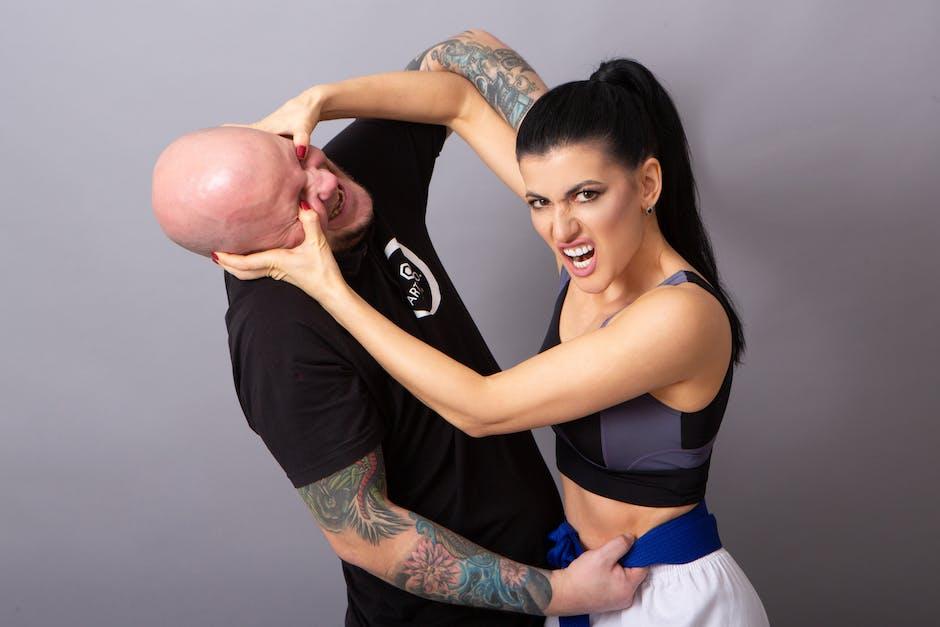Body Dysmorphic Disorder (BDD) is a mental health condition that can significantly impact an individual’s life. It is characterized by an obsessive preoccupation with perceived flaws in one’s physical appearance, which are often minor or not observable to others. Understanding the common symptoms and coping methods of body dysmorphic disorder is crucial for early detection and effective treatment. This blog post aims to shed light on this often misunderstood disorder, providing valuable insights into its symptoms and the various coping methods available.
Understanding Body Dysmorphic Disorder
Body Dysmorphic Disorder (BDD), also known as dysmorphophobia, is a mental health condition classified under obsessive-compulsive and related disorders. Individuals with BDD are excessively concerned about and preoccupied with perceived defects in their physical appearance. These perceived flaws are often minor or not observable to others, but for the person with BDD, they can cause significant distress and interfere with daily functioning.
According to the American Psychiatric Association, BDD affects approximately 1-2% of the population, with equal prevalence among men and women. It often begins in adolescence, a time when people are generally most sensitive about their appearance. However, it can affect individuals of all ages, races, and ethnicities.
The impact of BDD on a person’s mental health and daily functioning can be profound. It can lead to social isolation, difficulties in relationships, and poor academic or occupational performance. In severe cases, it can even lead to suicidal thoughts and behaviors. Therefore, recognizing and addressing this disorder is of utmost importance.

Photo by Monstera Production on Pexels
Common Symptoms of Body Dysmorphic Disorder
Recognizing the symptoms of body dysmorphic disorder is the first step towards seeking help. The most common symptom is an obsessive preoccupation with perceived flaws in one’s appearance. This could be any part of the body, but the most commonly reported areas are the skin, hair, and nose. Individuals with BDD may spend hours each day thinking about their perceived flaws, leading to significant distress and impairment in their daily life.
Other common symptoms include frequent mirror checking, excessive grooming behaviors, and avoidance of social situations due to fear of being judged or embarrassed about their appearance. Individuals with BDD may also compare their appearance with others and seek reassurance about their looks from others. They may also have low self-esteem and experience emotional distress, such as feelings of shame, guilt, and anxiety.
It’s important to note that these symptoms can vary in severity and may fluctuate over time. They can also co-occur with other mental health conditions, such as depression and anxiety disorders. Therefore, a comprehensive mental health evaluation is necessary for an accurate diagnosis.

Photo by Monstera Production on Pexels
Coping Methods for Body Dysmorphic Disorder
There are several effective treatment options available for body dysmorphic disorder. Psychotherapy, specifically cognitive-behavioral therapy (CBT), has been found to be particularly effective. CBT helps individuals identify and change distorted thought patterns and develop healthier behaviors and coping skills. It may also involve exposure and response prevention (ERP), a technique that helps individuals face and resist their fears or compulsions.
Medication, such as selective serotonin reuptake inhibitors (SSRIs), can also be an effective treatment for BDD. SSRIs can help reduce obsessive thoughts and compulsive behaviors, improve mood, and reduce anxiety. However, medication should always be considered in conjunction with psychotherapy for the best results.
Self-help strategies can also be beneficial. This may include participating in support groups, practicing mindfulness and relaxation techniques, and working on building a positive body image and self-acceptance. Regular physical activity and a healthy diet can also help improve mood and energy levels.

Photo by Polina Tankilevitch on Pexels
Seeking Help for Body Dysmorphic Disorder
Recognizing the need for professional help is a crucial step in managing body dysmorphic disorder. If you or someone you know is struggling with symptoms of BDD, it’s important to seek help from a qualified mental health professional. This could be a psychiatrist, psychologist, or a licensed counselor who has experience in treating BDD.
Finding the right therapist can be a process, but it’s worth the effort. A good therapist can provide a safe and supportive environment to explore your concerns, help you understand your symptoms, and guide you through the process of recovery. They can also provide valuable resources, such as self-help books and online support groups.
Overcoming barriers to seeking treatment, such as stigma and fear of judgment, is also important. Remember, seeking help is a sign of strength, not weakness. Early intervention and ongoing support can significantly improve the prognosis for individuals with BDD.
Conclusion
Body dysmorphic disorder is a serious mental health condition that can significantly impact an individual’s life. Recognizing the common symptoms and understanding the various coping methods is crucial for early detection and effective treatment. With the right help and support, individuals with BDD can learn to manage their symptoms and lead fulfilling lives.
It’s important to promote awareness and understanding of body dysmorphic disorder. By doing so, we can help reduce the stigma associated with this disorder and encourage those affected to seek the help they need. Remember, everyone deserves to feel comfortable in their own skin.
Whether you’re struggling with BDD or know someone who is, remember that help is available and recovery is possible. Don’t hesitate to reach out to a mental health professional if you need support.
#BDDawareness #bodydysmorphia #selfimage #mentalhealth #copingwithBDD



